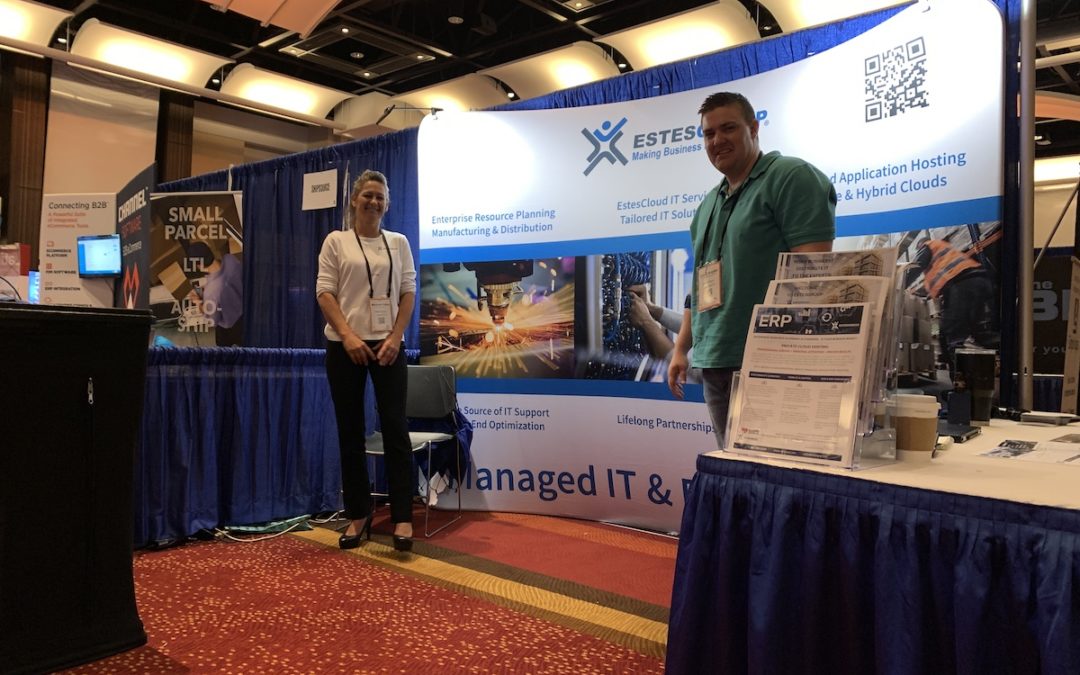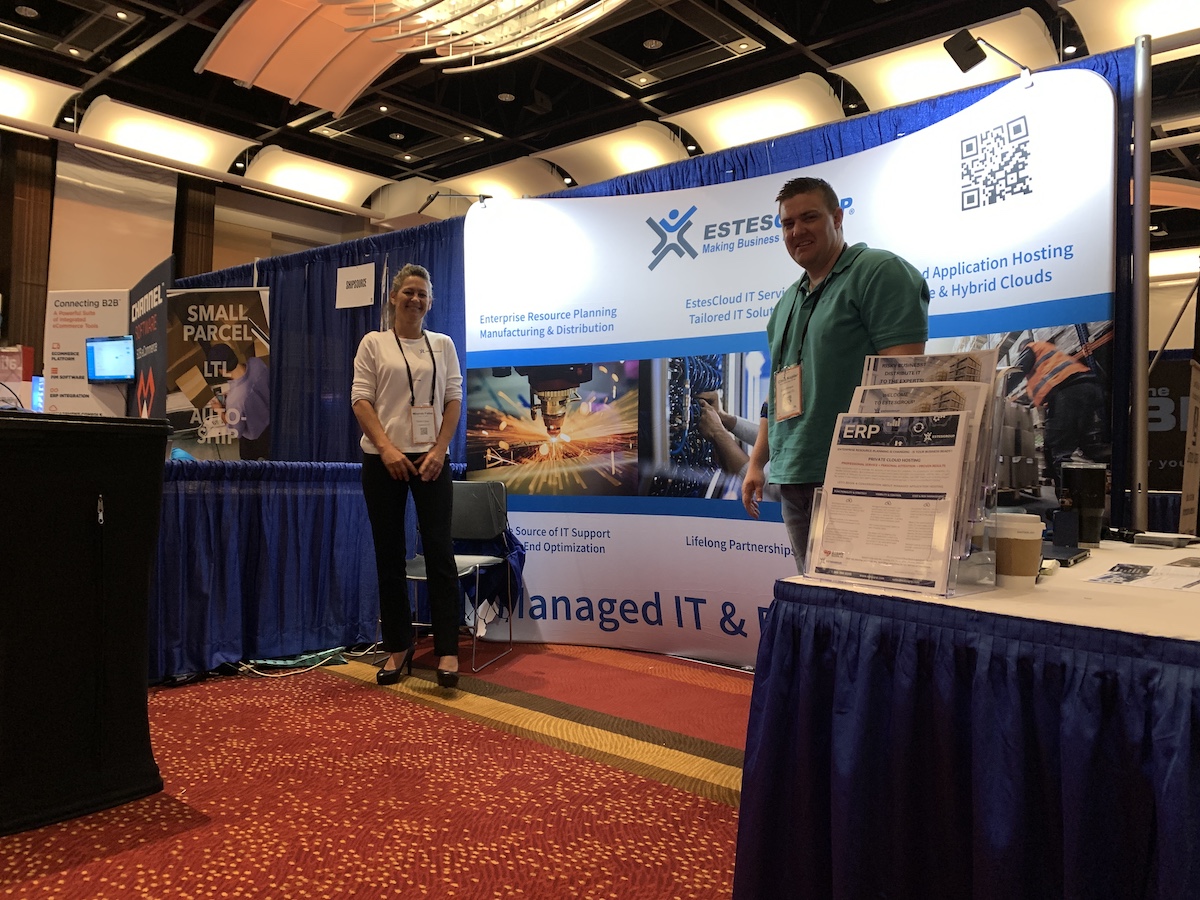
Views from Booth 25 – P21WWUG CONNECT 2021
Prophet 21 Trade Show Truths
Dining and whining with the end users in the trenches of Prophet 21’s annual conference can elicit frank and poignant sentiments regarding the state of software and the state of the broader markets that it works to support. Listening to the triumphs and tribulations of the P21 customer base, we’ve gained a much better understanding of the challenges that face the distribution world in 2021 and beyond. With this in mind, we thought we’d pass along a few lessons learned from our time in our P21WWUG CONNECT booth this year.
Many business owners find themselves at a crossroads, where they need to take the next big step to scale up their existing operations and to compete more effectively and support strategic growth initiatives. This growth might even involve developing a more global footprint, and this has massive infrastructure, cybersecurity, and compliance regulation needs.
Distribution Industry Material Supply Challenges
Material supply continues to be a primary concern for organizations, one that unfortunately extends beyond the capabilities of an ERP system. Shipping lane stagnation, port congestion, raw material shortages, truck driver labor shortages, offshore vendor shutdowns, and a variety of additional factors have thrown traditional supply chains into disarray.
Addressing the Challenges
Companies are taking various approaches to address many of the above situations. Pathways might include outward-focused initiatives like EDI, punchout, SRM, e-commerce to improve communication between suppliers and customers. More internally-focused approaches also abound, as companies try to get more efficient and effective in the areas of warehouse management, AP automation, AR collections and credit, and in the pursuit of more cost-effective application deployment strategies.
Suppliers vs. Distributors
Over the years, suppliers have developed an increasing and disproportionate influence on distributors, more than ever before. Supplier mandates are forcing distributors to sometimes take radical actions to reorient themselves to address new demands. The breadth and depth of new demands often corresponds with the comparative size of the suppliers in question, but may also relate to the commodities being supplied and their relative scarcity. That is to say, when demand outstrips supply, the suppliers can be more demanding.
New Software, New Support Needs
The release of new versions of the software, coupled with the expiration of legacy version support, has put many users in a heightened state, as they scramble to determine what the next steps of their upgrade and deployment lifecycle will entail. Related to this, the migration to the web-based interface is an area that many companies are struggling to work out, given their existing application footprint, and the differences in look, feel, and functionality between the new and the P21 legacy client versions.
Labor Shortages
While material shortages are a well-known and overarching concern related to the pandemic, shortages in labor are also becoming increasingly problematic. The inability to find able-bodied individuals to fill positions within supply chains caused significant changes for organizations in 2021 and distributors are concerned that they will persist into 2022.
Application Deployment Differences
Overheard at the conference: “I didn’t know there were any other options!”—as legacy versions approach their end-of-life dates, customers find themselves looking at alternate application deployment options—from continuing to locally host the application on-premise, to moving to Prophet 21’s SaaS version, to hybrid private cloud infrastructure-as-a-service models. In spite of the tumult, different options exist, and P21 customers are discovering just what is out there.
As supply chains become more complex than ever, Prophet 21 customers are looking for control, access, and visibility. Critical to the goal of ultimate control, especially in terms of access, cloud deployment can make or break the chain.
Cloud Crossroads or Crosshairs
Also overheard at the conference: “Cloud without access means no job—cloud with access means I still have a job.” A common theme with the P21 customers we’ve talked to with regard to cloud deployment has been a question of access. Customers generally require varying levels of control and access over their application deployment. Solutions that limit access and control create problems for companies not only in terms of employment but in terms of efficacy. At the end of the day, distribution industry leaders are hoping the crossroads of growth won’t put them in the crosshairs of a cluster-cloud.



